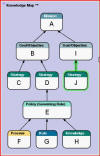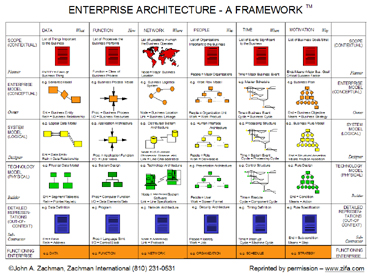In case you are new to business rules, I’d like to go over a few basic terms and facts about business rules and enterprise architecture. Understanding terms and facts is one of the first steps in the business rules approach.
The purpose of the corporation is to perform a business function. The function of most corporations is to make a profit for shareholders by selling products and or services. Corporations comply with external rules, laws, and regulations that specify what the corporation can, should, must, and must not do. They calculate and pay tax, and they report information and file submissions with government agencies.
Corporations establish missions, goals, and strategies such as “sell more and increase profit.” They define internal business rules, policies, procedures, processes, and flows to support the strategies while assuring regulatory and statutory compliance. They put in place business rules to guide macro and micro decision-making and help management plan, manage and improve the operation.
Corporations open stores and branch offices in places and jurisdictions that they would like to do business in, and where customers can go to shop, buy, and transact. They hire employees and educate them on the goals and processes, and train them on the rules.
Corporations design, build, use, and manage information systems, business systems, and database systems for managing, transacting, reporting, decisioning, advising, and automating business functions. These systems have a business purpose, function, structure, behavior, and logic.
All these elements that make up the corporation can be represented by an enterprise architecture framework.
One influential and compelling concept of enterprise architecture was defined in the 1970s by John Zachman when he described his Framework for Enterprise Architecture. The Zachman Framework (click to see it small, medium, or large) consists of descriptive models that describe all the elements of the corporation and the business models of the corporation.
The elements of the corporation include shareholders, employees, and customers (who); data, information, and systems (what); events, plans, schedules, and flows (when); locations, stores, offices, domain names, and networks (where); processes, programs, and code (how); and goals, strategies, policies, and business rules (why).
The business models (i.e. views or perspectives) of the corporation are contextual scope (planner view); conceptual business model (owner); logical system model (designer); technology model (builder); and detailed specifications (sub-contractor).
Business rules integrate and align all the elements and business models of the corporation. Enterprise rules architecture ensures that the functional and structural components of the business rules required for the corporation to fulfill its business function will work, change, and last.
Business rules management entails the business rules approach, business rule methodologies, best practices, rule harvesting, rule modeling, business rule engineering design objectives, enterprise architecture, enterprise rules architecture, rulebase architecture, terms glossaries, semantic modeling, business rule engines (BRE) and business rules management systems (BRMS).


 We use this tool to document your business rules independent of any BRE - yet it can be implemented using any BRE. Again, this is a logical model of your business rules. It can be used as the rulebook or specs for authoring the rules in any BRE.
We use this tool to document your business rules independent of any BRE - yet it can be implemented using any BRE. Again, this is a logical model of your business rules. It can be used as the rulebook or specs for authoring the rules in any BRE.

